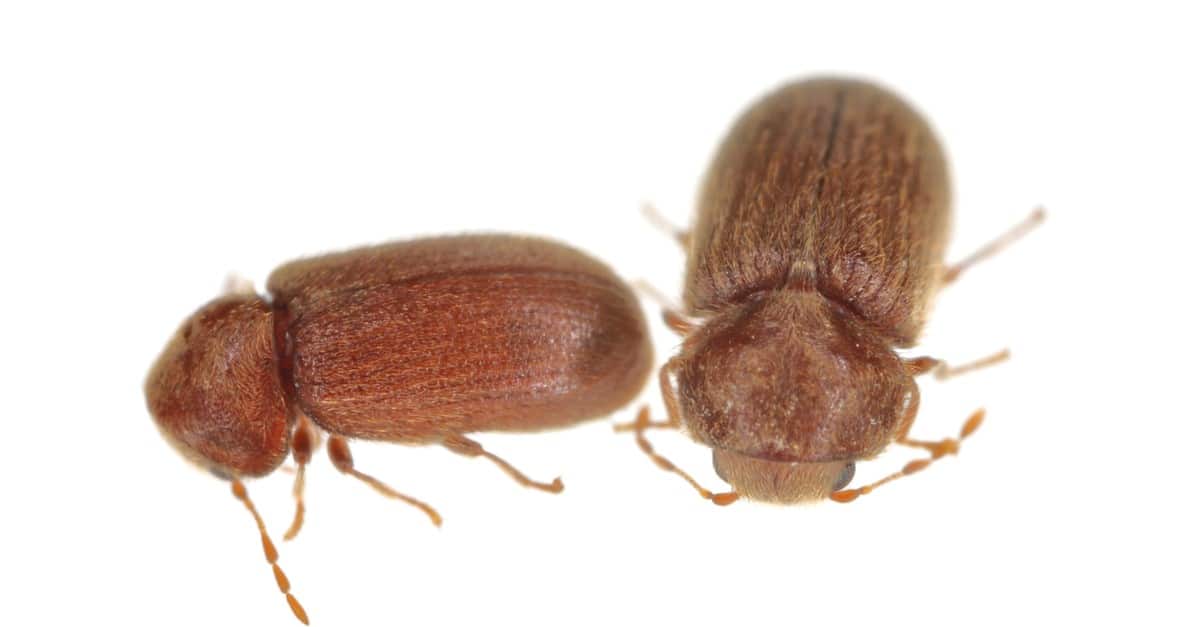
The larva increases in size and, at about 5mm in length, it enters the pupal stage. In its search for food, it may bite into packaged or hidden food sources. When the larva emerges from the egg, it is less than 1mm in length. In cool temperatures (below 15✬) there is only one generation per year, in moderate temperatures two, while at higher temperatures (above 23✬) there may be five or more.Įggs are laid by mated females on or near the foodstuff. The speed of development through the life cycle depends on temperature, moisture, quality and abundance of food. In common with other beetles, this species passes through four life-stages: egg, larva, pupa and adult (pictured below). The Biscuit beetle occurs in houses, stores, warehouses and kitchens throughout central and northern Europe, including the UK, sometimes in very large numbers. Photo credits: Kamran Iftikhar / Wikimedia Commons Has much weaker punctures on the surface of the wing covers (elytra). Larvae bore into wood, where they feed for 3-5 years.Īntennae with many serrations, while Biscuit beetle has three large ones at the tip.

Pronotum with obvious ‘hump’ like a monk’s cowl. Somewhat larger and darker brown, antennae shorter than legs. Line drawings © The Natural History Museum. Biscuit beetles have large dark eyes.ĭorsal view Lateral view Ventral view Biscuit (L) and Furniture beetle (R) The head is partially hidden by the pronotum (the plate that covers the upper part of the thorax). There are three flattened segments at the tip of antennae. Furniture beetles (or Woodworms) are similar but are somewhat larger and darker and their antennae are shorter than the legs (in Bread beetles the lengths are similar). They are small, between 2 and 4 mm in length, reddish-brown and, under magnification, reveal fine grooves running lengthways along the wing cases. The adult beetles are usually noticed first.

However, this beetle is not harmful to health and despite its close resemblance to the Common furniture beetle or Woodworm beetle (in the adult stage), it does not feed on wood. It is able to feed on a variety of plant and animal products including bread and flour and even hot spices and drugs. The Bread beetle, Stegobium paniceum, also known as the Biscuit beetle (or the Drugstore beetle in the U.S.A.) is one of the commonest pest insects of stored food. Other names: Drugstore beetle, Bread beetle


 0 kommentar(er)
0 kommentar(er)
